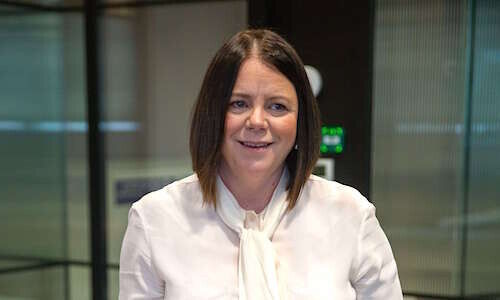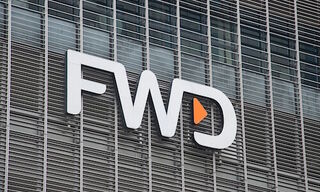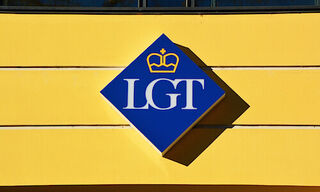The head of UBS's wealth management business has managed to get much more net new money than expected. Still, integrating Credit Suisse assets won't be smooth sailing.
Iqbal Khan was in a position to give himself a pat on the shoulder yesterday, at least in thought. The somewhat restless head of UBS's global wealth management business has been jetting around the world meeting important clients and motivating his private bankers. It is an effort to keep momentum while attempting to make the bank's vision of being a future wealth management powerhouse a reality.
His efforts seem to be paying off when looking at the third-quarter results of the substantially enlarged UBS-Credit Suisse entity. It might be a foretaste of what the $5 trillion private bank has the potential to become in the future
A New Baer Every Three Years
Between the start of July and the end of September, Khan's division managed to record net new money of $22 billion, practically doubling expectations. And it could become even more. Analysts believe that an integrated UBS could be in a position to collect $150 billion in net new money annually. That means de facto stamping out a brand new Julius Baer out of the ground every three years.
It is also impressive that Credit Suisse managed to contribute $3 billion to the net new money result. After all, it was only a quarter earlier that it saw outflows of $30 billion, after negative flows of $51 billion in first quarter and $95 billion at end-2022. The days of the torrid Credit Suisse bank run seem to be well and truly over.
Net New Money +
Given that, it is almost ludicrous that UBS will introduce a small bookkeeping booster when accounting for net new money in the future. Starting in the fourth quarter, the bank will start reporting a so-called «Net New Money +» by including dividends and interest payments on invested assets. If UBS had done that in the third quarter, it would have reported net new money of $39 billion and become the number one worldwide in private banking, outpacing even US-based Morgan Stanley's inflow of $35.7 billion.
Still, UBS chief financial officer Todd Tuckner tried to keep everything in perspective on Tuesday. Integrating Credit Suisse is not a straight line. Net new money can fluctuate just as profits can turn into losses. The momentum that the bank has managed to achieve by recovering Credit Suisse's client assets could disappear in an instant.
Several Months Delay
Beyond that, the high pace of client advisor departures both at Credit Suisse and UBS could be a turning point that turns off the spigot of net new money. It is uncertain if and when this will happen. It often takes several months from the point a client advisor leaves until they are able to start booking assets at a new employer.
That could, however, potentially lead to a second wave of withdrawals at Credit Suisse, as Julius Baer chairman Romeo Lacher indicated last spring.
Daily Focus
The market environment remains an uncertain one given the high inflation rate and the future central bank monetary policy. That prompted invested assets at UBS to decline by $157 billion in the third quarter to $5.53 trillion.
Turning the waves into a sustainable trend is key, indicates KPMG banking expert Christian Hintermann on finews.tv (German only). «The full extent of any positive impact from the transaction will depend on how quickly UBS can manage to remove client and employee uncertainty and get the focus back on daily business - and clients», he indicated.
The Big Challenge
Turning an unpredictable integration project into a global wealth management powerhouse with a steady growth constant will not only be a big challenge for GWM head Khan, but also for UBS chief executive officer Sergio Ermotti. On Tuesday, he also provided a clear direction of travel, as finews.asia reported.
Now UBS just has to show the world and the markets that it is in a position to keep reaching for future milestones at the same pace it showed this quarter.




























